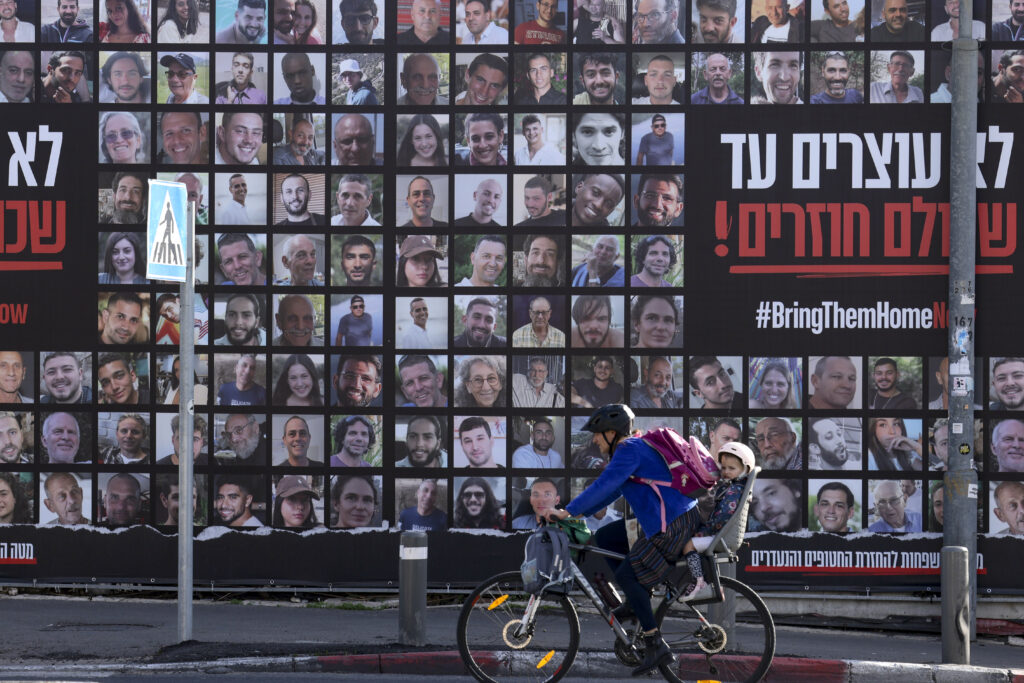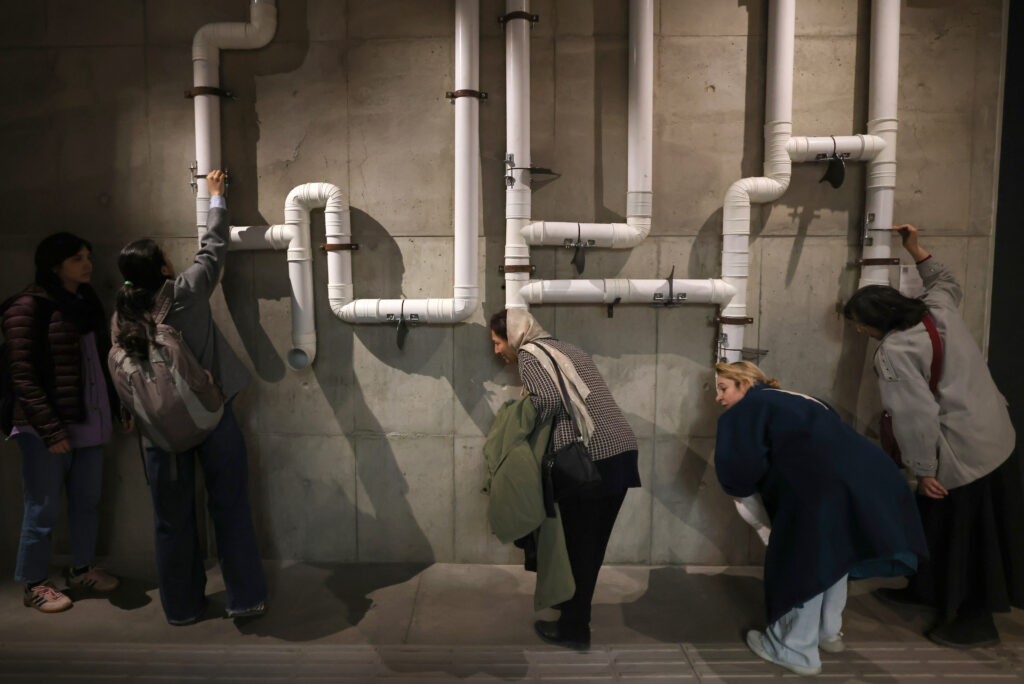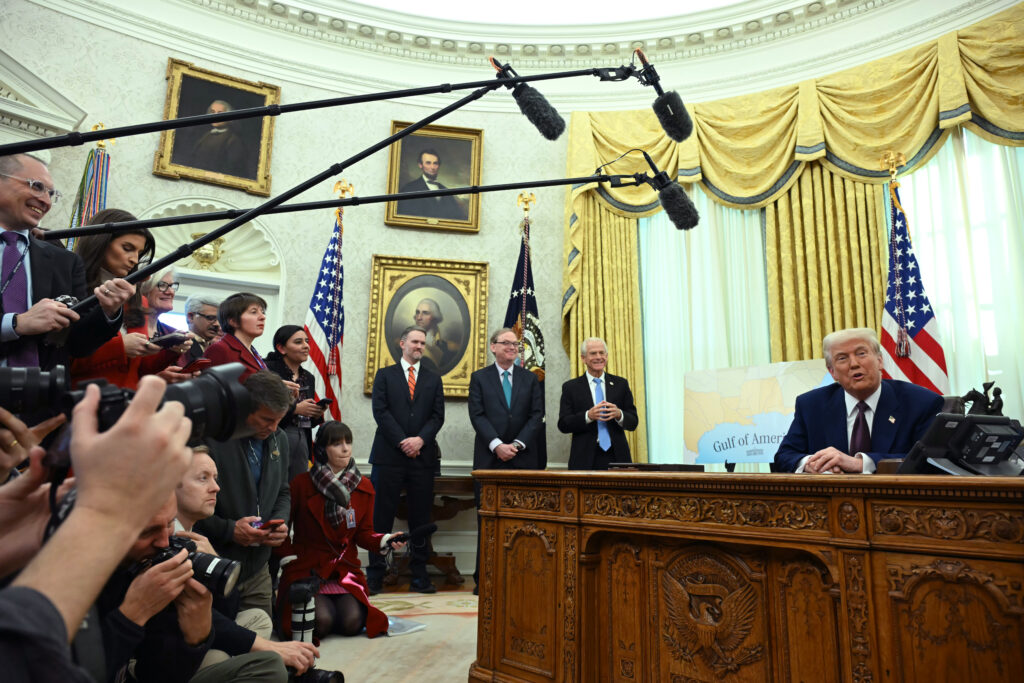Hamas expected to name Israeli hostages it will free this weekend
Hamas was expected Friday to name three hostages it will release this weekend as part of a planned exchange for Palestinian prisoners, local media said, after days of uncertainty in which Israel threatened to scrap a nearly month-old Gaza ceasefire deal.Israel warned Thursday that the Palestinian militants must release three living hostages this weekend or face a resumption of the war in Gaza, after Hamas said it would pause releases over apparent Israeli violations of the truce. The January 19 ceasefire, which largely halted 15 months of fighting in Gaza, has been under heightened pressure since US President Donald Trump proposed a US takeover of the territory. Israeli media reported Thursday that Hamas was set to name three hostages it would release on Saturday, after it reiterated its commitment to the ceasefire and to carrying out the next exchange “according to the specified timetable”.”We are keen to implement it (the ceasefire) and oblige the occupation to fully abide by it,” Hamas spokesman Abdel Latif al-Qanou said, adding that mediators were pushing for Israel “to resume the exchange process on Saturday”.Israel had insisted Hamas release “three live hostages” on Saturday.”If those three are not released, if Hamas does not return our hostages, by Saturday noon, the ceasefire will end,” said government spokesman David Mencer.Hamas had previously accused Israel of holding up the delivery of heavy machinery needed to clear war debris, with bulldozers reportedly lining up at Egypt’s Rafah border crossing with Gaza waiting to enter. – ‘Power games’ -Trump, whose proposal to take over Gaza and move its 2.4 million residents to Egypt or Jordan sparked global outcry, warned this week that “hell” would break loose if Hamas failed to release “all” remaining hostages by noon on Saturday.If fighting resumes, Israeli Defence Minister Israel Katz said it would end in the “defeat of Hamas and the release of all the hostages”.”It will also allow the realisation of US President Trump’s vision for Gaza,” he added.Katz last week ordered the Israeli army to prepare for “voluntary” departures from Gaza, and the military said it has already begun reinforcing its troops around the territory.Yemen’s Iran-backed Huthi rebels threatened Thursday to launch new attacks on Israel if it and the United States went ahead with Trump’s Gaza plan.The ceasefire’s six-week first phase has seen Israeli captives released in small groups in exchange for Palestinians in Israeli custody.The two sides, which have yet to agree on the next phases of the truce, have traded accusations of violations, spurring concern that the violence could resume.On Thursday, for the first time since the truce began, Israel’s military said it identified a rocket launch from Gaza. The rocket landed back inside the Palestinian territory and the military later said it had struck the launcher.Mairav Zonszein of the International Crisis Group said despite their public disputes Israel and Hamas were still interested in maintaining the truce and have not “given up on anything yet”.”They’re just playing power games,” she said.In Israel, dozens of relatives of hostages held in Gaza blocked a highway near Tel Aviv, waving banners and demanding the terms of the ceasefire be respected, an AFP journalist said.Hamas has called for worldwide “solidarity marches” over the weekend to denounce “the plans to displace our Palestinian people from their land”.- ‘God almighty?’ – Trump reaffirmed his Saturday deadline for the hostage release while hosting Jordan’s King Abdullah II in Washington this week.In a phone call Wednesday, Abdullah and Egypt’s President Abdel Fattah al-Sisi said they were united in supporting the ceasefire’s “full implementation”, and in their opposition to the displacement of Palestinians.Palestinians have also voiced opposition to the plan.”Who is Trump? Is he God almighty? The land of Jordan is for Jordanians, and the land of Egypt belongs to Egyptians,” said Gaza City resident Abu Mohamed al-Husari.”We are here, deeply rooted in Gaza — the resilient, besieged and unbreakable Gaza.”Hamas’s October 7, 2023 attack on Israel resulted in the deaths of 1,211 people, mostly civilians, according to an AFP tally of official Israeli figures.Militants also took 251 hostages, of whom 73 remain in Gaza, including at least 35 the Israeli military says are dead.Israel’s retaliatory campaign has killed at least 48,239 people in Gaza, the majority of them civilians, according to figures from the health ministry in the Hamas-run territory that the UN considers reliable.The war has damaged or destroyed around 69 percent of Gaza’s buildings, according to the UN.Jorge Moreira da Silva, head of the UN’s infrastructure agency, said Thursday that he had seen not only “immense human suffering” in Gaza but also massive destruction “and an overwhelming volume of rubble.” burs-tym/rsc




